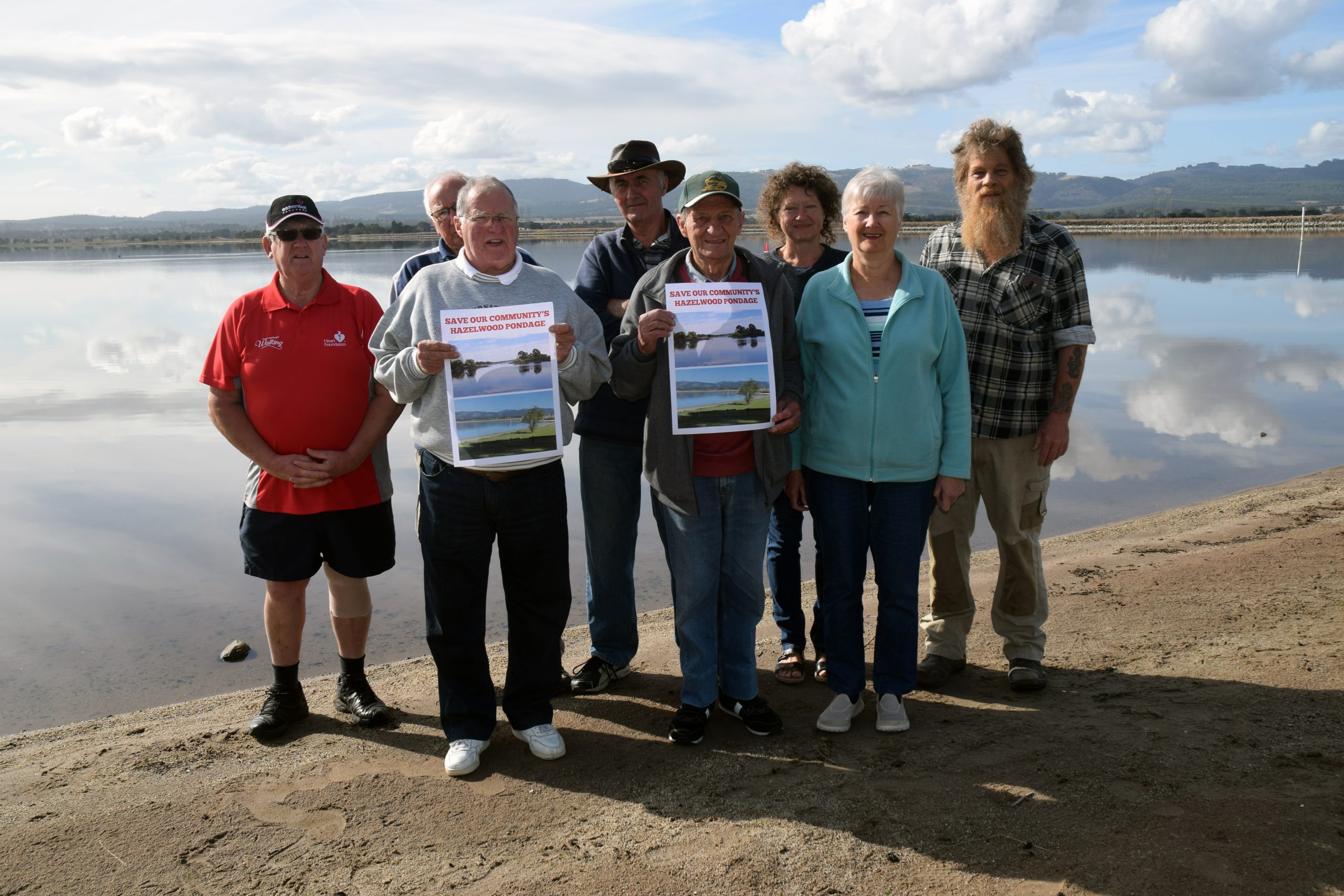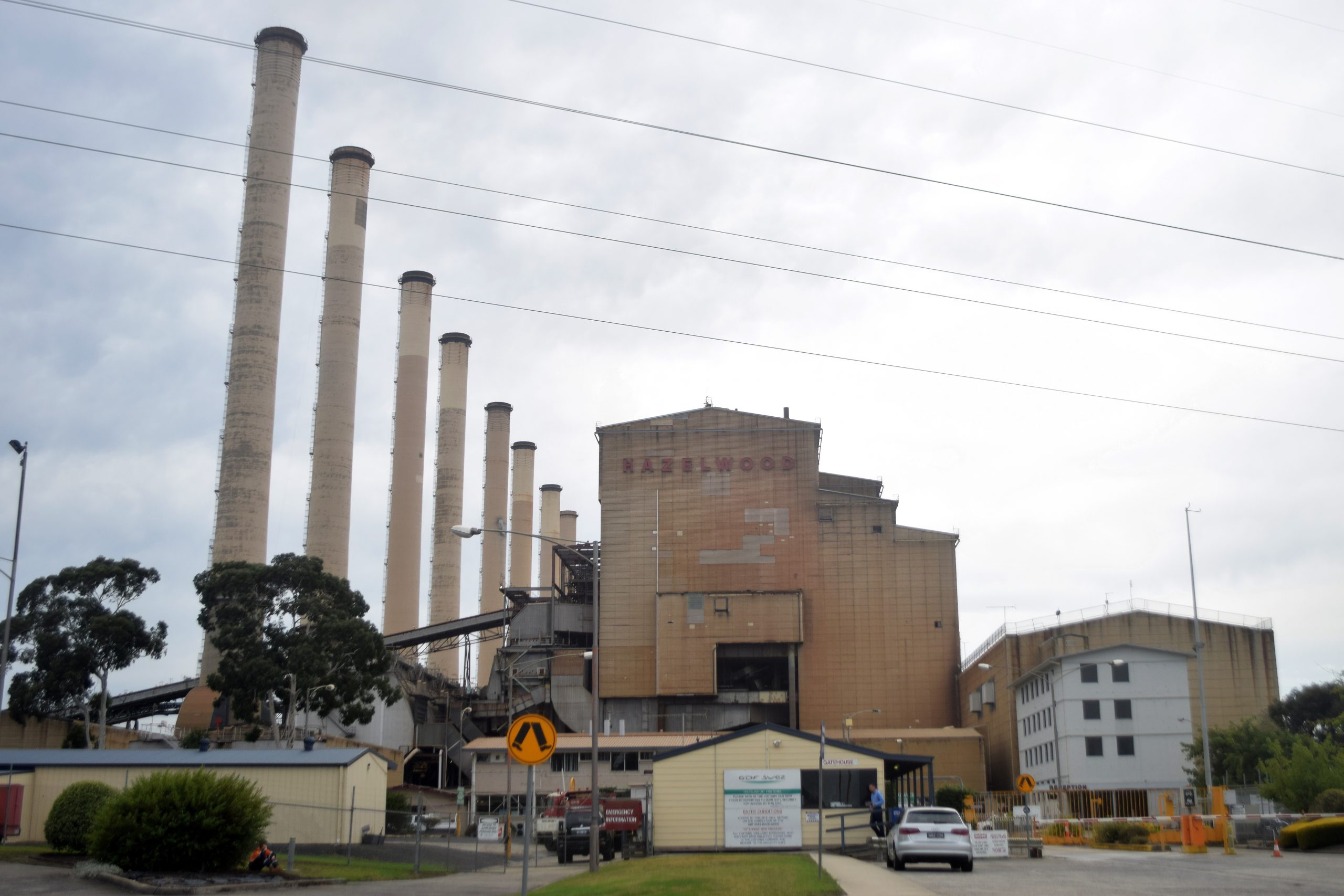A new baseload power plant could potentially be as far as a decade away, a forum on the future of coal in the Latrobe Valley has heard.
Former Loy Yang chief executive Ian Nethercote told a group of power industry, local government and business leaders on Friday, an upcoming 2018 state election would potentially delay a decision or build, meaning one would not be constructed within five or six years.
In any case, there would need to be a government policy climate which would allow such a project to go ahead, the forum heard.
“The sooner the general public says ‘this has to be fixed now’, the sooner we get back to international competitiveness,” Mr Nethercote said.
Considering all technology, including coal, as part of low-emissions solutions was a major theme of the forum, which examined the Securing jobs, energy and Australia’s export advantage: A low emissions coal future for the Latrobe Valley report.
The report is based on a fact-finding delegation to Germany by Mr Nethercote, Committee for Gippsland chief executive Mary Aldred and the Minerals Council of Australia’s Patrick Gibbons and calls on the state and federal governments to investigate, as a matter of priority, what would be required to build a new power station in the Latrobe Valley.
In opening Friday’s forum, former federal energy, resources and tourism minister Martin Ferguson discussed energy reliability and affordability and said the cost of living was the biggest issue state and federal governments faced.
“They’ll be looking for short-term fixes rather than long-term policies,” Mr Ferguson said.
“It’s up to communities to say ‘we’ve had enough of short-term thinking’.”
The policy paper included findings that household electricity prices in Australia increased by 113 per cent in the past decade and approximately 8000 megawatts of baseload coal and gas capacity was likely to retire between now and 2030 and a new coal-fired baseload power station would place downward pressure on wholesale prices.
According to the paper, a new German plant currently in the licence approvals stage is expected to achieve an efficiency rate of about 47 to 49 per cent, with CO2 emissions almost 55 per cent lower than the now closed Hazelwood plant.
The paper calls for a Clean Energy Target not to exclude “investment in low-cost, low emissions and highly reliable power sources like the latest brown coal technologies”.
When asked at Friday’s forum whether it was the government or private sector that should invest in new baseload power, Ms Aldred said the group was not looking for government to completely fund a new plant, but it needed to provide investment certainty “and even co-invest”.
Mr Nethercote said if such certainty was there, he had “no doubt” private investment would occur.
The panel was asked whether renewables would be capable of providing baseload power into the future.
Mr Ferguson said he would not rule out such advancement in renewable technology.
“But the question is can we afford to wait?” he said.
“We can’t wait 10 to 15 years to see if other technology will solve the problem.”
Ms Aldred said the Committee for Gippsland would now meet with a range of state and federal MPs on both sides of politics in an attempt to gain support for the baseload power station proposal.
“Ideally what we’re looking for, once we’re able to establish regional and local support, is a bipartisan approach at a state government level for new baseload capacity.”












